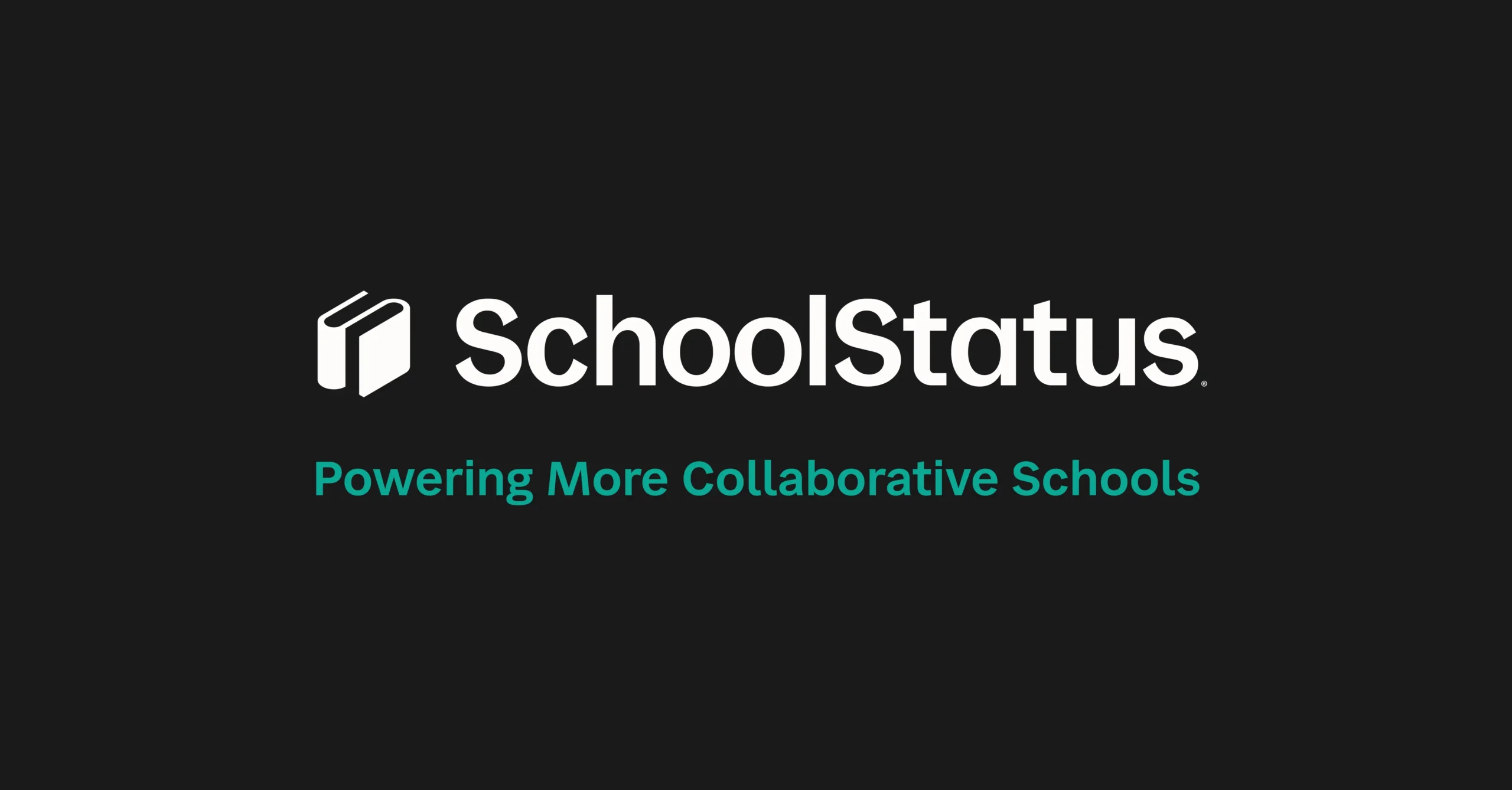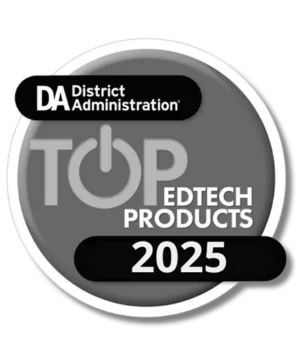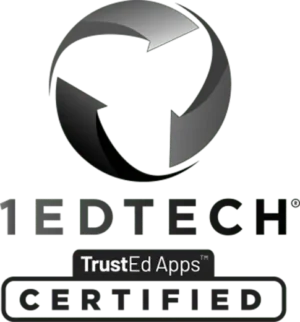
Everyone uses goals at some point in their personal or professional lives—big or small, intentionally or unintentionally. While the bigger ones are often written down on a sticky note or saved somewhere, the most powerful features of setting goals are unfortunately often lost. When a goal is measurable, personalized, trackable, and approached with a growth mindset, it is most able to serve as a vehicle for accomplishing anything and focusing on these qualities can make any goal much more successful.
All goals start with some desired outcome and in education this most often comes through feedback from a peer on an area for improvement, a conversation with an instructional coach following a walkthrough or mid-year review, or even personal targets or introspection. An instructional coach, for instance, might want to focus their coaching work on becoming more student-centered. The key is that the goal is personalized to the individual and while the best goals come from observable behavior or speaking with a trusted colleague, the more specific to the individual at a point in time the better.
“Setting goals is the first step in turning the invisible to visible” —Tony Robbins
Just as important as creating the goal is approaching it with growth mindset from the get go. Growth mindset requires a fundamental belief that our most basic abilities can be developed through dedication and hard work and while this mindset impacts all areas of instruction and professional development, it is perhaps most relevant when setting goals. Changing behavior or achieving some milestone necessarily takes work and as Dan Kreiness noted last year on growth mindset, a “love of learning and a resilience is essential for great accomplishment.”
Adding in Accountability
An “accountable goal” is trackable along a predefined timeline—it has a defined end date or, even better, milestones throughout its life. Adjusting the dates as you go may be necessary or re-evaluating certain action steps or targets, but the key is that you always have some element of time baked into the goal itself. A bad goal is “increasing student outcomes in math class,” a better goal is “increasing student math exam scores by the end of the semester.”
Next-level accountability can also come from third parties: trusted peers, communities, or organizations who can check-in and add external “pressure” on meeting certain milestones or even achieving the goal at all. Inviting others to monitor your progress may make you feel extremely exposed but the fact that someone else can track goal performance has a profound impact on achieving it—some even contending that an “accountability appointment with a person you’ve committed will increase your chance of success by up to 95%!”
In a school setting often an organization leader will have their staff set a personal goal they’d like to achieve at the beginning of the year, and then monitor or check in later for growth. While this is great, we think that continuous check-ins and personal reflections are important for setting benchmarks on which to build towards the end goal.
Making Goals Measurable
Finally, the best goals are made up of multiple benchmarks, or action steps. Action steps are actionable items assigned by an individual (or their accountability peer) to help break down a goal into smaller, more manageable chunks, often creating “mini triumphs” along the way.
Using focused action steps while outlining a goal can create a series of personal victories throughout the life of the goal. More importantly, it creates specific tasks to “outline” and track the goal. For example, if a coach creates a goal to “engage students in classroom learning” with a target date one month in the future, some great action steps to achieve this goal could include:
- Incorporate student driven/peer collaboration lesson plans
- Focus on wait time (allow 5-7 seconds before providing answers)
- Walk around to check students progress on classroom work
With these action steps in place, the coachee and coach now have measurable steps to take that can be easily monitored and used to gauge progress toward the goal. When the coachee completes an action item, it moves them one step closer to achieving their goal while also creating a personal victory along the way.
A Challenge for you!
Perhaps the most important point to remember even while setting strong goals is that sometimes you will fail to achieve a goal! Failure is not only inevitable but encouraged, and how you grow and learn from failure will be your stepping stones to even more personal development.
Don’t be scared to set ambitious goals within your career and make sure to surround yourself with those who will help you achieve them. While always achieving your goals feels great, it might mean that you aren’t setting your targets high enough. As a challenge, take a few minutes to write down a lofty goal you’d like to achieve, what actionable steps are necessary, a timeframe, and who will support you along the way—you’ll be surprised by what you can accomplish!
Stay Connected
News, articles, and tips for meeting your district’s goals—delivered to your inbox.






















